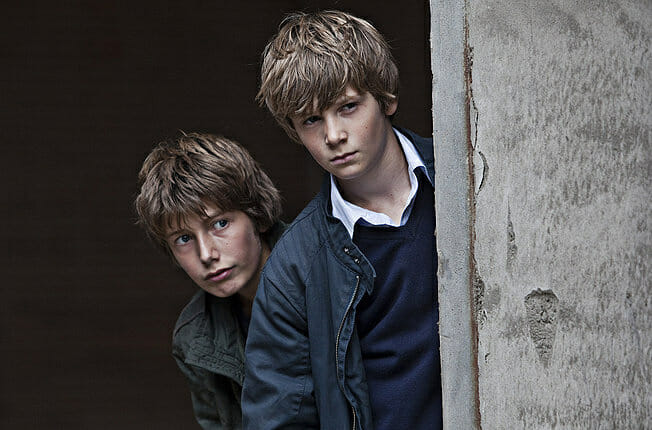In a Better World (Hævnen)

Director: Susanne Bier
Writers: Anders Thomas Jensen
Cinematographer: Morten Søborg
Starring: Mikael Persbrandt, William Jøhnk Nielsen, Ulrich Thomsen, Markus Rygaard
Studio/Runtime: Sony Pictures Classics/119 min.
Because it’s foreign, In a Better World is destined to be categorized as a work of art cinema, that strange world of documentaries and characters speaking in languages other than English. But, origin aside, it’s a Hollywood prestige picture through and through, full of simplistic plotting, easy affirmations of Western values and a feel-good ending that negates any vague sense of realism. That it won the Oscar for best foreign-language film (ironically much of the picture is in English) is no surprise, as it seems tailor-made for that dubious honor.
-

-

-

-

-

-

-

-

-

-

-

-

-

-

-

-

-

-

-

-

-

-

-

-

-

-

-

-

-

-

-

-

-

-

-

-

-

-

-

-








































